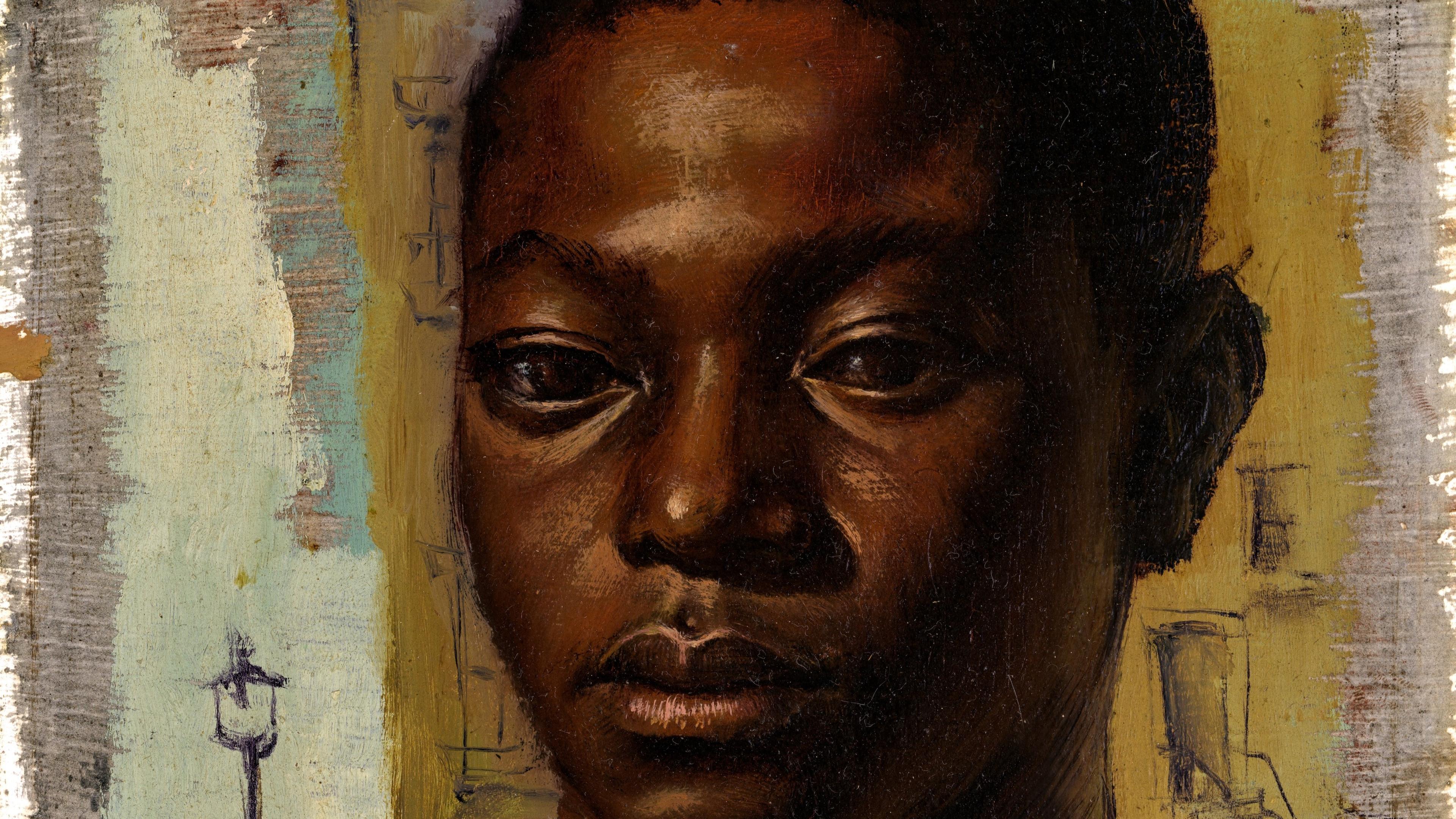This fall, The Metropolitan Museum of Art will present Witnessing Humanity: The Art of John Wilson, the largest exhibition of this artist’s work and his first solo museum show in New York. For over six decades, American artist John Wilson (1922–2015) made powerful and poetic works that reflected his life as a Black American artist and his ongoing quest for racial, social, and economic justice. His art responded to the turbulent times in which he lived, with a focus on such subjects as racial violence, labor, the writings of Richard Wright, the Civil Rights Movement, and street scenes, and also captured intimate images of family life, with a particular focus on fatherhood. Drawing from the collections of The Met, the Museum of Fine Arts, Boston, and a dozen other lenders, this exhibition will feature over 100 artworks made over the course of Wilson’s career, including paintings, prints, drawings, and sculpture, as well as illustrations for children’s books and archival material; many of the works have not been shown before.
The exhibition is made possible by the Enterprise Holdings Endowment, the Mellon Foundation, and Dave Williams in memory of Reba Williams.
The exhibition is organized by The Metropolitan Museum of Art and the Museum of Fine Arts, Boston (MFA).
“While the powerful impact of John Wilson’s art and the enduring relevance of the themes he explored are undeniable, he has not yet received the recognition his work so deeply deserves,” said Max Hollein, Marina Kellen French Director and Chief Executive Officer of The Met. “This landmark exhibition honors Wilson’s extraordinary artistic achievements—illuminating the incredible range of work he produced over five decades—and affirms his place in art history as one of the foremost artists devoted to social justice and portraying the experiences of Black Americans.”
Jennifer Farrell, exhibition co-curator and Jordan Schnitzer Curator in the Department of Drawings and Prints at The Met, said, “Wilson’s art is imbued with compassion and empathy while conveying his anger and distress at the wrenching effects of disenfranchisement, racism, and economic inequality. Challenging deep-seated prejudices and omissions within our national history, Wilson centered the experiences of Black Americans to create images that convey strength, resilience, and humanity. Deeply personal yet widely resonant, his work continues to offer a powerful lens through which to consider today’s urgent dialogues about race, equality, and representation.”
Leslie King Hammond, exhibition co-curator and art historian, professor emerita, and founding director of the Center for Race and Culture at Maryland Institute College of Art, said, “John Wilson was an artist of profound resilience and passion for the innate essence of dignity, beauty, and humanity of Black Americans, which he witnessed in families, community, and all humankind. He was intentional and relentless throughout his life to create imagery that demanded respect for the Black body in an America struggling with its contested legacy of slavery.”
Working in a figurative style, Wilson sought to portray what he called “a universal humanity.” While still a teenager, he was struck by the absence of positive representations of Black Americans and their experiences in both museums and popular culture. To counter such prejudices and omissions, Wilson put the experiences of Black Americans at the center of his work and created images that portrayed dignity and strength.
The exhibition begins with work Wilson made while in art school in Boston, where his subjects included the horrors of Nazi Germany and American racial violence, as well as portraits of his family and neighborhood. It continues through his time in Paris, Mexico City, and New York, capturing the humanity and scope of Wilson’s art. The exhibition concludes with Wilson’s return to Boston and his focus on portraiture. Included are maquettes and works on paper for two of Wilson’s most celebrated works—his sculpture of Dr. Martin Luther King Jr. at the United States Capitol and the monumental sculpture Eternal Presence.
Credits and Related Information
Witnessing Humanity: The Art of John Wilson is co-curated by Jennifer Farrell, Jordan Schnitzer Curator, Department of Drawings and Prints at The Met; Leslie King Hammond, art historian, professor emerita, and founding director of the Center for Race and Culture at Maryland Institute College of Art; Patrick Murphy, the MFA’s Lia and William Poorvu Curator of Prints and Drawings; and Edward Saywell, the MFA’s Chair of Prints and Drawings.
The exhibition is accompanied by a richly illustrated catalogue, jointly authored and edited by the MFA and The Met, and produced by MFA Publications. Reproductions of artworks and photographs accompany critical essays and personal reflections, including analyses by art historians, interviews with Wilson’s peers, remembrances from fellow Black creatives, and a full chronology by the late artist’s gallerist.
A number of related programs will take place, including Met Expert Talks, an Artists on Artworks program, and a panel discussion. Details will be available on The Met website.
The exhibition is featured on The Met website, as well as on social media.
##
August 12, 2025
Image: John Wilson (American, 1922–2015). My Brother, 1942. Oil on panel, 12 x 10 5/8 in. (30.48 x 26.9875 cm). Smith College Museum of Art, Purchased, (SC 1943.4.1) Courtesy of the Estate of John Wilson

The Metropolitan Museum of Art to Present Largest-Ever Exhibition of Works by American Artist John Wilson
More than 100 paintings, prints, drawings, sculptures, and illustrated books will shed light on Wilson’s experience as a Black American artist and social activist.
Contact: